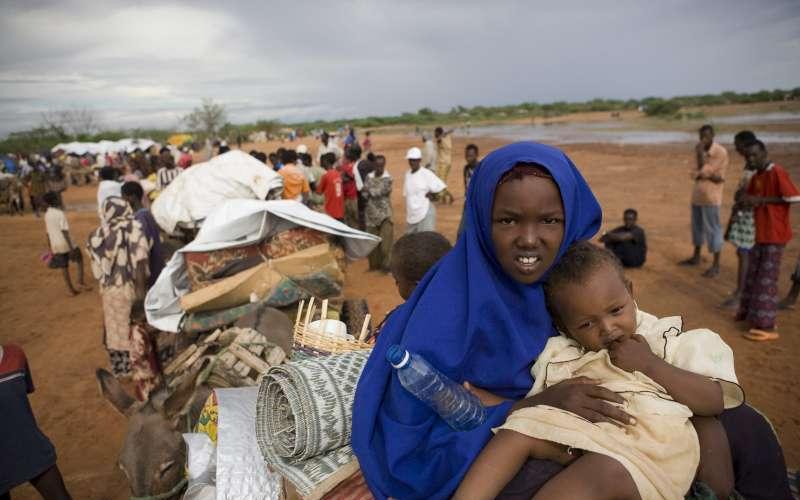
Kenya’s decision to close down refugee camps hosting hundreds of thousands of people from neighbouring countries is ill advised as it violates international law. What is more, the move will not solve the security challenge posed by Al Shabaab militants. Forcefully returning the refugees to Somalia will aid recruitment into terrorist ranks.
The dilemma of hosting refugees at the expense of national security plagues the Kenyan government. What is the destiny of 600,000 refugees that will no longer be hosted on Kenyan soil? These are not refugees from Syria, Greece or Germany but hundreds of thousands of refugees from Somalia, South Sudan and other conflict zones in the Horn and East Africa. Over the years, Kenya has been a safe heaven and an epitome of peace-making, building and UN missions. The change of face may affect relations with the international community. In several instances, the government has asserted that these refugee camps are “breeding grounds” for terrorism as training and recruitment centers for Al Shabab militia. “The Garissa attack is one example of an attack that was planned in these refugee camps,” a government official said.
Daabab, described as the world’s largest refugee camp by the UNCHR, faces imminent closure raising concerns on the applicability of international law in such humanitarian crisis, alignment of policy between the United Nations and national governments and the principle of non-refoulement. The principle of non-refoulement in international law forbids the rendering of a victim of persecution to his or her persecutor. The forceful transfer of refugees to Somalia, a nation that still primarily faces stability issues since the 25 years of civil war, has created concerns particularly at the moment when the global number of refugees and displaced people has surged to its climax since the World War II. Somalia is also struggling with the issue of violent extremism by Al Shabab militants. The return of these refugees will energize recruitment of Al-Shabab militants strengthening their base and also there is a possibility of human rights violations as witnessed in Iraq and Syria by the ISIS terrorist group. This is against the principle of non-refoulement.
In comparison with the migration crisis in North Africa that has seen asylum seekers risk their lives en route to Europe, Dadaab is a seemingly different emblem of the refugee crisis - a support system plagued by minimized resources to support victims fleeing from drought, war and devastation as pressure from host countries spirals. The multiplier effect of this has been strained humanitarian bodies and aid organizations. The UNHCR funding needs have soared to over 130% since 2009, and furthermore, the budget has increased by barely 70% according to a report by the Migration Policy Institute in Washington, DC. This has led to childhood malnutrition in the refugee camps. The World Food Program (WFP) is strained with funding operations in Dadaab, a fact that has dwindled rations for the past 12 months. Today, the daily nutrition for refugees stands at a third less the required minimum by the United Nations. The issues facing refugees need to be addressed.
Without a doubt, the impending closure of the refugee camps may instigate human rights violations. Somalia and South Sudan continue to grapple with massive dislodgment and relocations of their citizens. Given this, the forceful return en masse may create tensions resulting to civil unrest. The population migration to a place not inhabited for an extended period will likely lead to instability and vulnerability to civil war.
* Joash Ntenga Moitui is a fellow at Centre for Human Rights and Policy Studies (CHRIPS), the Pan African University, Yaounde, Cameroon. Email:joash.moitui@gmail.com